By Sarah Burchard

This article contains affiliate links
It is a privilege for anyone to get to travel to Hawai’i. Not only are the Hawaiian Islands stunning, with their tropical landscapes, cascading waterfalls and azure waters, they are home to an ancient culture rich in stories, music, dance and poetic language. As you engage in popular activities during your stay, keep an ear open for legends of Native Hawaiian people and their 800-year-old history on these islands.
This is a mix of our favorite Hawai’i activities as well as visitor sites that have remained popular for decades. They are in no particular order, choose what speaks to you.

This is a good place to start if it is your first time in Hawai’i. Learn about Hawaiian Royalty, the illegal overthrow of the Queen and the events that took place during the late 19th century leading up to statehood, to get a real understanding of Hawaiʻi’s complicated past. There are several different tours you can take self-guided audio tours or docent-led experiences.
See all

A view of Lānaʻi from Maui. Photo by Beach Creatives (Shutterstock).
From Māʻalaea, Maui, hop on the ferry to Mānele, Lānaʻi. On the way, you’ll have close-up views of Maui, Lānaʻi, Molokaʻi and Kahoʻolawe. This is an excellent way to spot whales during whale-watching season, December through April. Explore Lānaʻi City, visit the Lānaʻi Cultural Center, play golf, go scuba diving, take a hike or stay overnight in a luxury hotel.

Punaluʻu Black Sand Beach. Photo by Robert Harding Video (Shutterstock).
Located on the southeastern Kaʻū coast is Punaluʻu Black Sand Beach. The sand, formed by volcanic activity, is often a haven for honu (green sea turtles) resting on the shore. Give the honu plenty of space and do not touch them, as they are an endangered species. Swimming isn’t ideal here, but you can sunbathe or picnic. Just relax and take it all in.
See all

Whether you take a catamaran tour or hike the Kalalau Trail, the Nāpali Coast on Kauaʻi is not to be missed. Towering emerald cliffs rise more than 4,000 feet from the ocean, dotted with sea caves, waterfalls and remote beaches. Catamaran, sail and raft tours depart from Port Allen or Hanalei, offering snorkeling and dolphin sightings along the way. Book tours early in the day, when the ocean is calmest and the light hits the cliffs perfectly. Don’t forget the Dramamine — the waves can get rocky when boats pass through the channel.
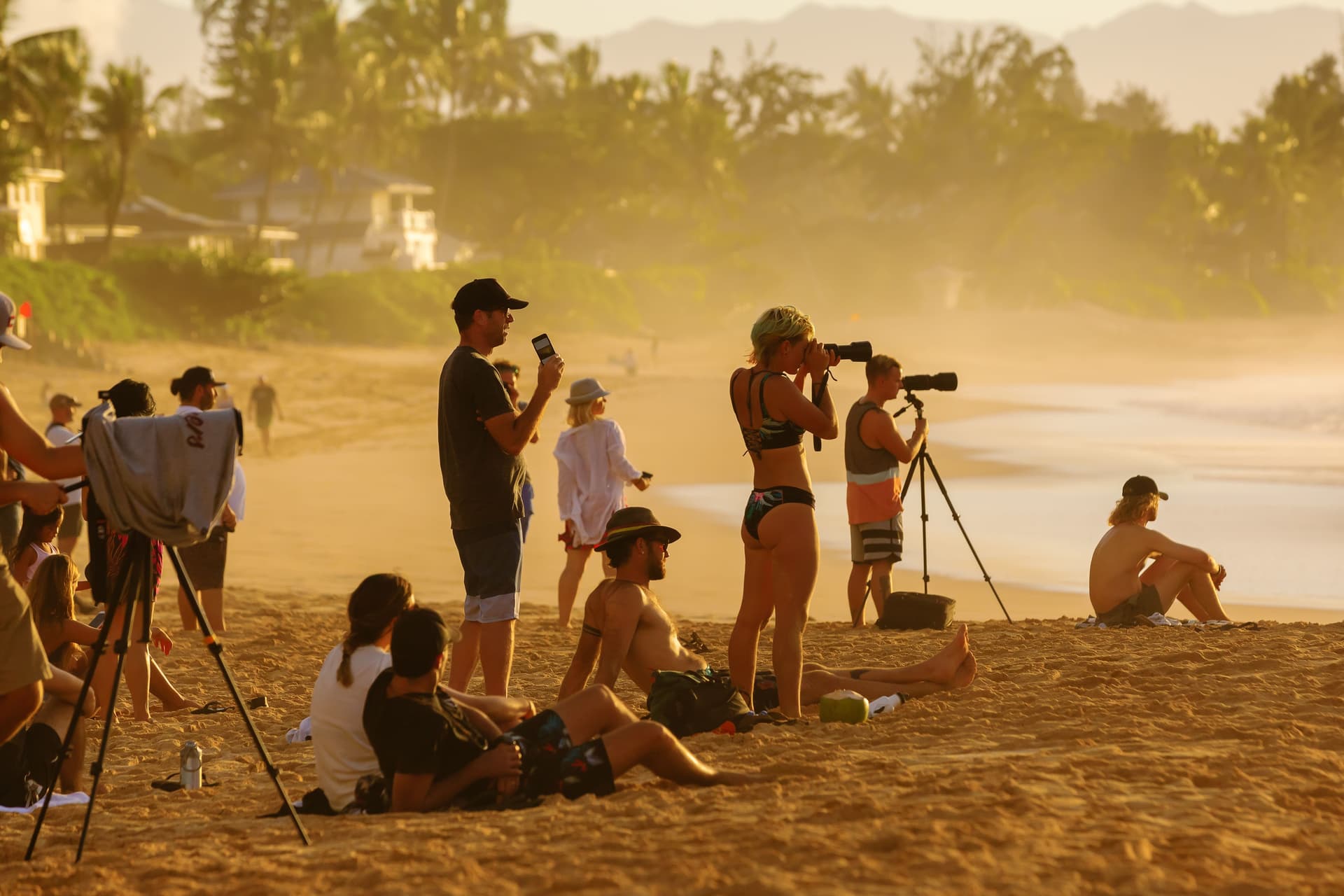
North Shore, Oʻahu. Photo by Christian Mueller (Shutterstock).
In 2026, Oʻahu will celebrate the 50th anniversary of professional surfing. The tradition began in Waikīkī with Duke Kahanamoku, the “father of modern surfing.” Today, big-wave surfers from around the world gather on Oʻahu’s North Shore to compete at the world-famous ʻEhukai Beach Park (Banzai Pipeline).
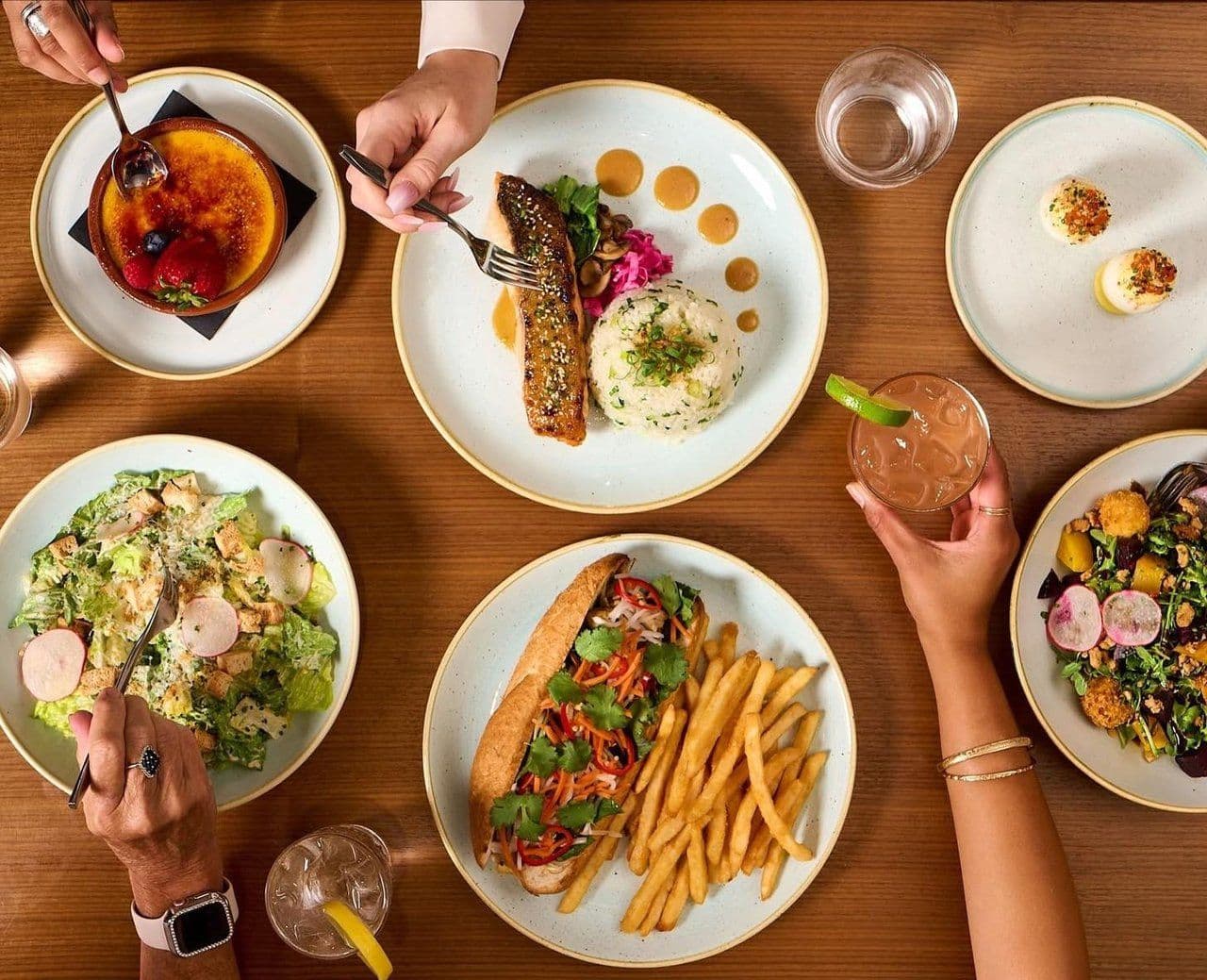
Courtesy of The Dotted Line, located at the AC Hotel Honolulu.
Hawaiʻi is finally getting the national recognition it deserves for its talented chefs, many of whom study and hone their craft off-island before returning to open their own restaurants. Honolulu is home to many of Hawaiʻi’s best restaurants. Check out our Oʻahu culinary tour guide for a list of our favorites.
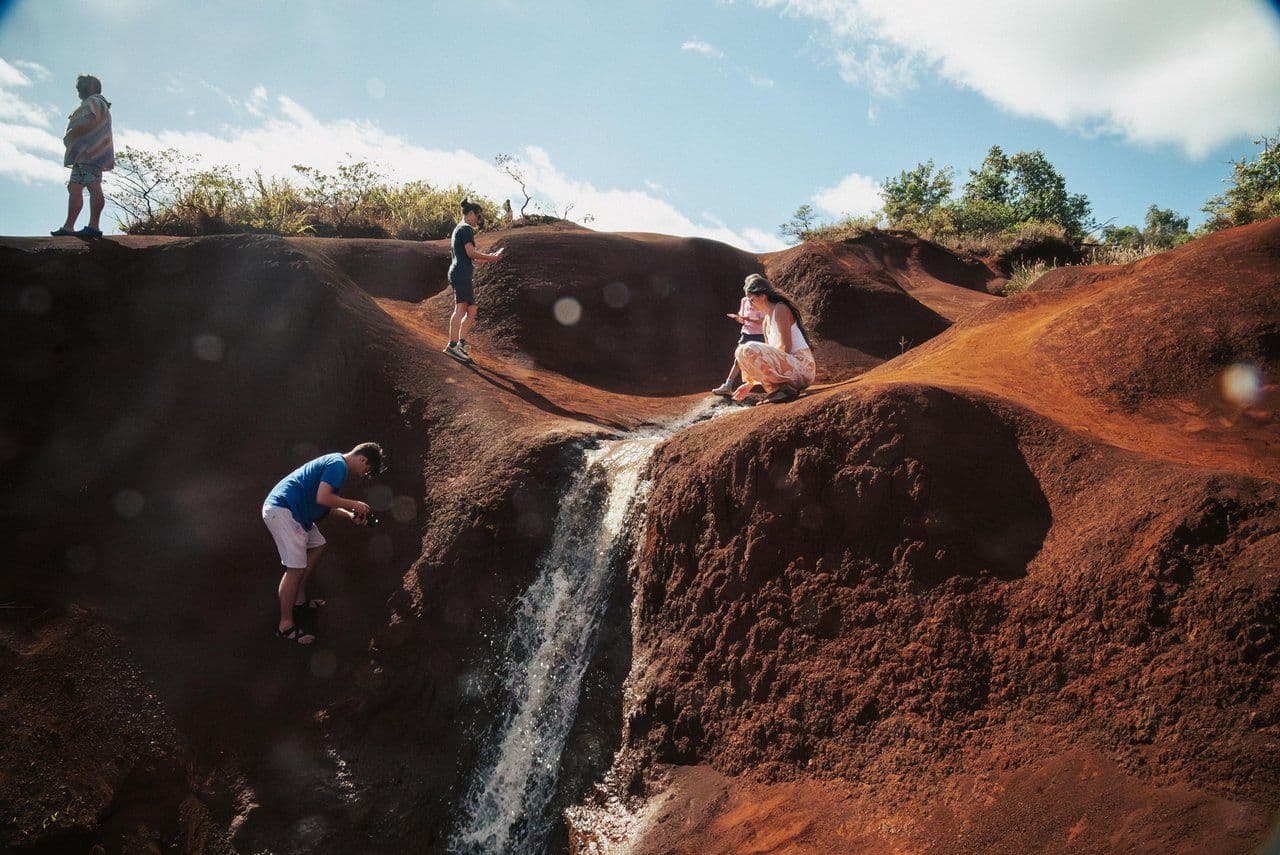
Waimea Canyon, Kauaʻi.
Nicknamed the Grand Canyon of the Pacific, this 14-mile-long canyon is a mile wide and 3,600 feet deep, with red, iron-rich soil and hiking trails that lead to gushing waterfalls, best viewed from scenic lookouts along Waimea Canyon Drive. Just down the road, Kōkeʻe State Park offers more than 45 miles of hiking trails along the perimeter of Waimea Canyon and views of Kalalau Valley from 4,000 feet up. Popular hikes include the Awaʻawapuhi and Pihea trails, both offering sweeping views of the Nāpali cliffs. Stop at both Waimea and Kalalau lookouts, each offers a different perspective of the canyon and coast. Bring layers, as temperatures can drop quickly at higher elevations.

USS Missouri. Photo by Sarah Burchard.
You’ll want to carve out a full day for this. There are multiple sites to visit at Pearl Harbor, and some require a ferry to reach. Booking a tour is the most stress-free option, but you can also take a self-guided tour. Tickets for the USS Arizona Memorial can sell out, so book early. Many tour companies will take you from Waikīkī to Pearl Harbor and handle tickets for you. Visit the USS Arizona Memorial, Battleship Missouri and Pacific Aviation Museum to understand the events that shaped World War II and Hawaiʻi. Bring sunscreen, water and comfortable walking shoes.
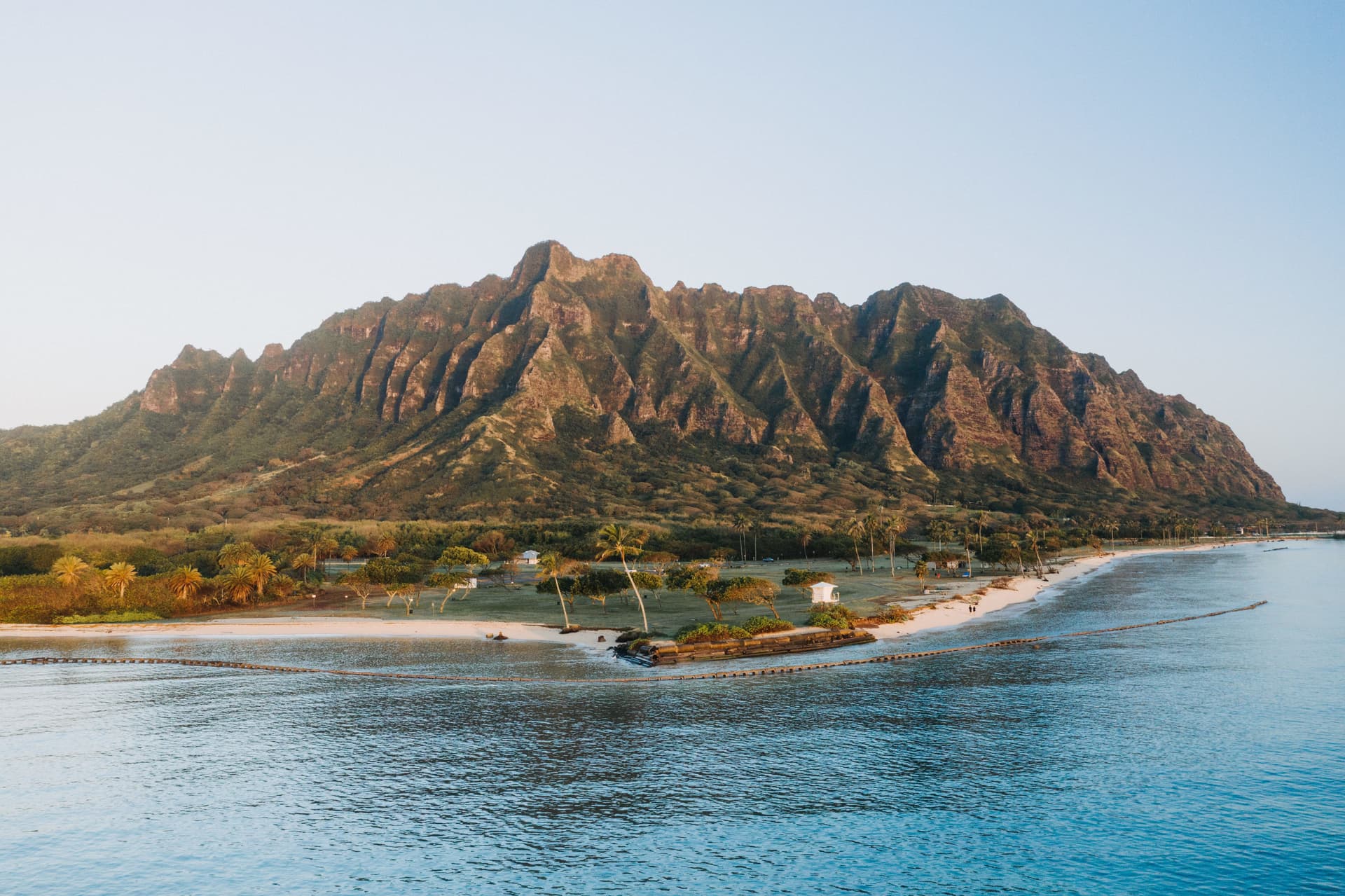
Kualoa Ranch, Oʻahu. Photo by Wirestock Creators (Shutterstock).
Kualoa Ranch is where Hawaiʻi’s natural beauty meets Hollywood magic. This 4,000-acre private nature reserve has been the backdrop for movies like Jurassic Park and Jumanji. Movie fans will love the Jurassic Adventure Tour, which visits famous film sites. Visitors can also join ATV rides, horseback tours, and zipline adventures through the lush Kaʻaʻawa Valley. There’s also a café with ono (delicious) local food and a farm stand.
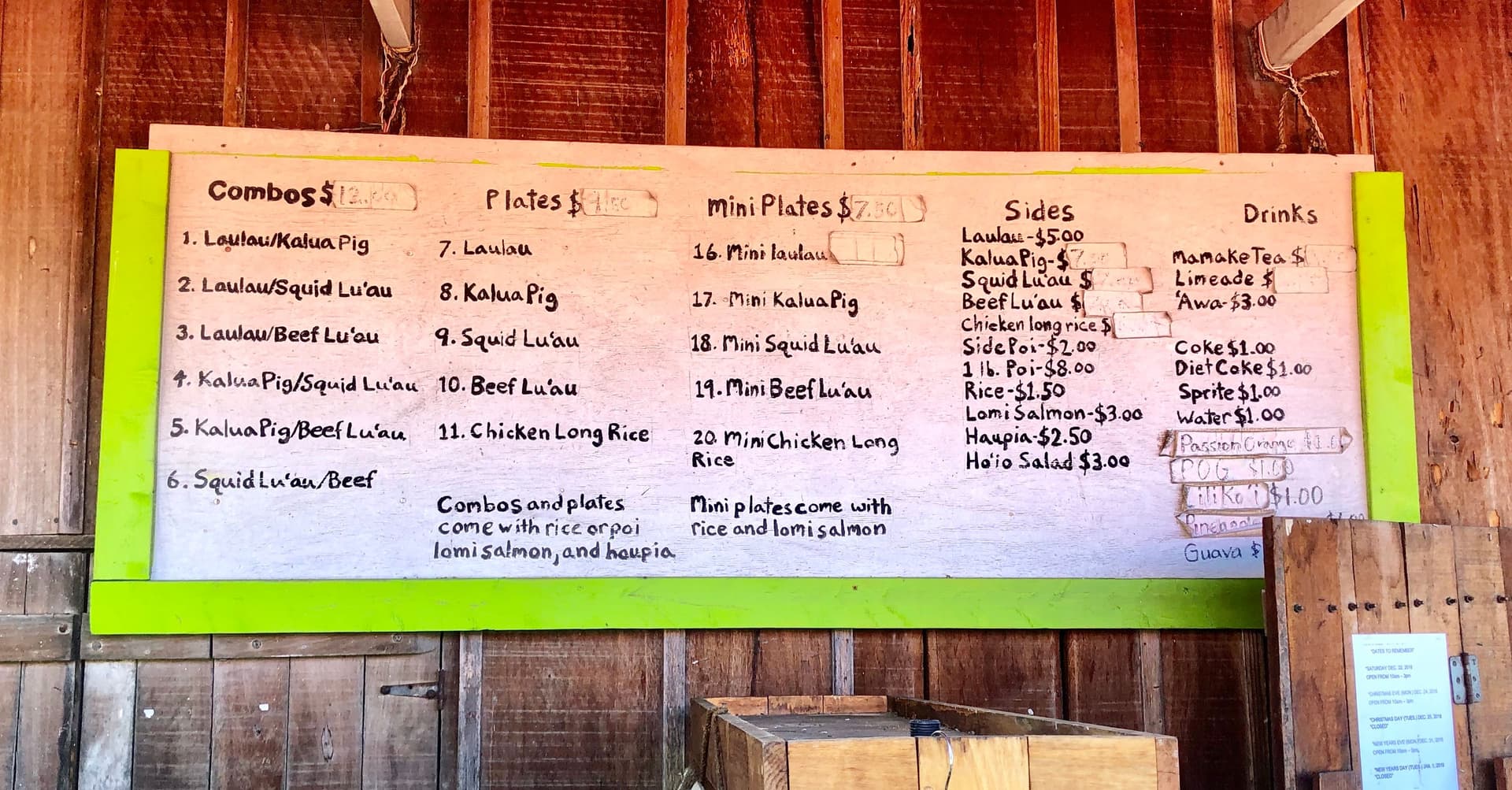
Waiahole Poi Factory, Oʻahu. Photo by Sarah Burchard.
One thing you’ll learn about Hawaiʻi is that there’s Hawaiian food and Hawaiʻi local food — two different cuisines. Hawaiian food includes dishes such as poi, kalua pork and lau lau. These traditional Hawaiian dishes should not be missed for an authentic experience. If you’re on Oʻahu, check out Helena’s Hawaiian Food in town or Waiahole Poi Factory on the Windward side.
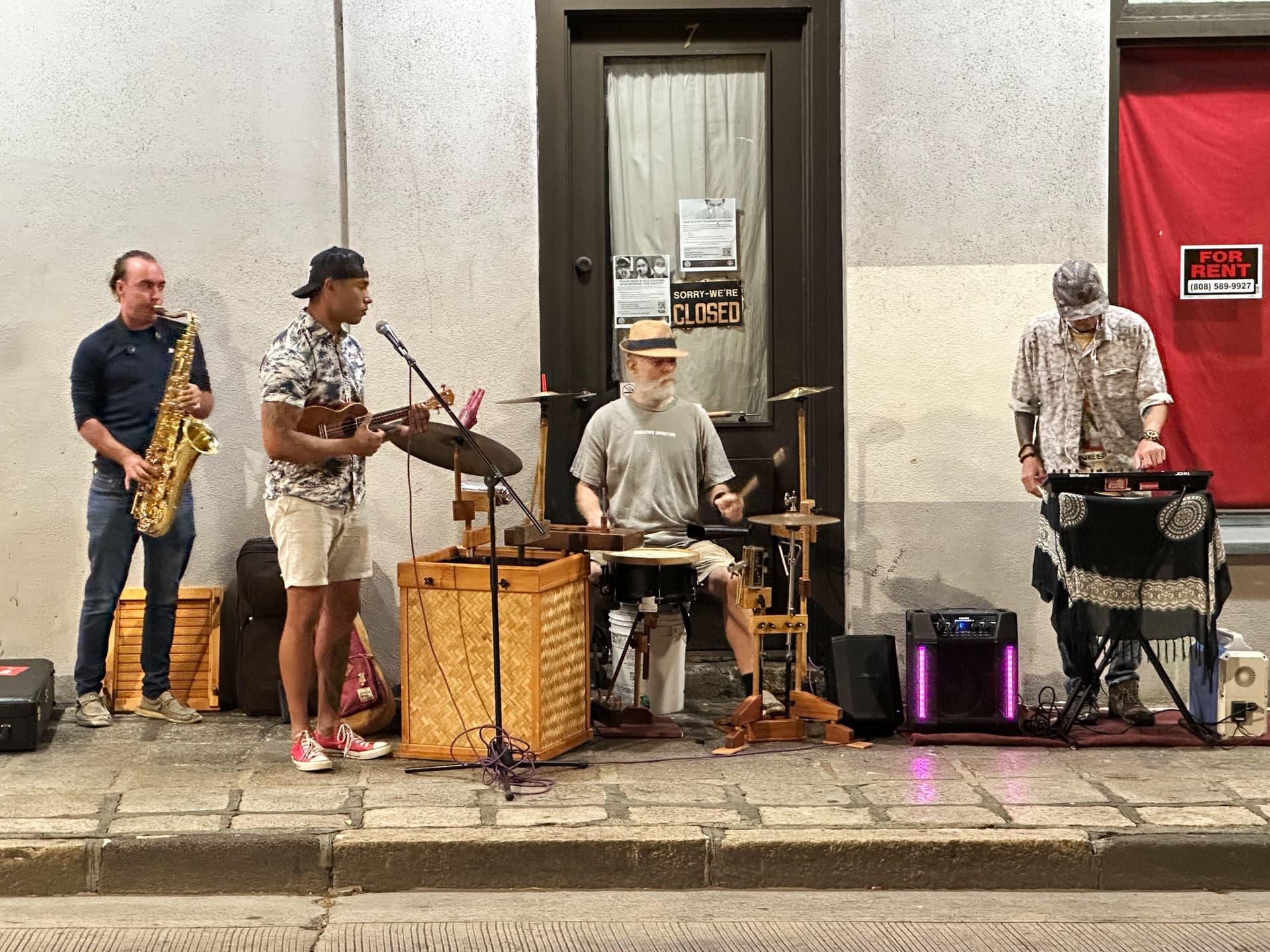
First Friday in Chinatown, Oʻahu. Photo by Sarah Burchard.
To get a feel for the local art scene, plan your trip around the first Friday of any month. On Maui, Wailuku Town hosts First Fridays on Market Street. Oʻahu’s First Friday is held in Chinatown. Browse galleries and attend special events with live music, art and local food. Restaurants and bars are especially festive during this time.

Kakaʻako Farmers Market, Oʻahu. Photo by Richard Heirakuji.
Every island has at least one farmers market, Oʻahu has more than 10. It’s the best way to learn what’s grown and produced in Hawaiʻi. You’ll find the freshest ingredients, a wide selection of tropical fruit, and plenty of gifts to bring home. Recommended stops include the Hilo Farmers Market on Hawaiʻi Island, Kakaʻako Farmers Market on Oʻahu, the Upcountry Farmers Market on Maui and the Līhue Farmers Market on Kauaʻi. Lānaʻi also hosts one every Saturday at Dole Park in the center of town.

Polynesian Cultural Center, Oʻahu.
Located in Lāʻie on Oʻahu, this immersive attraction showcases the diverse cultures of Polynesia through village exhibits, performances and hands-on experiences. You can paddle a canoe, learn hula and watch the spectacular evening show "HĀ: Breath of Life." Plan to spend a full day here, the island villages and entertainment are best enjoyed slowly.
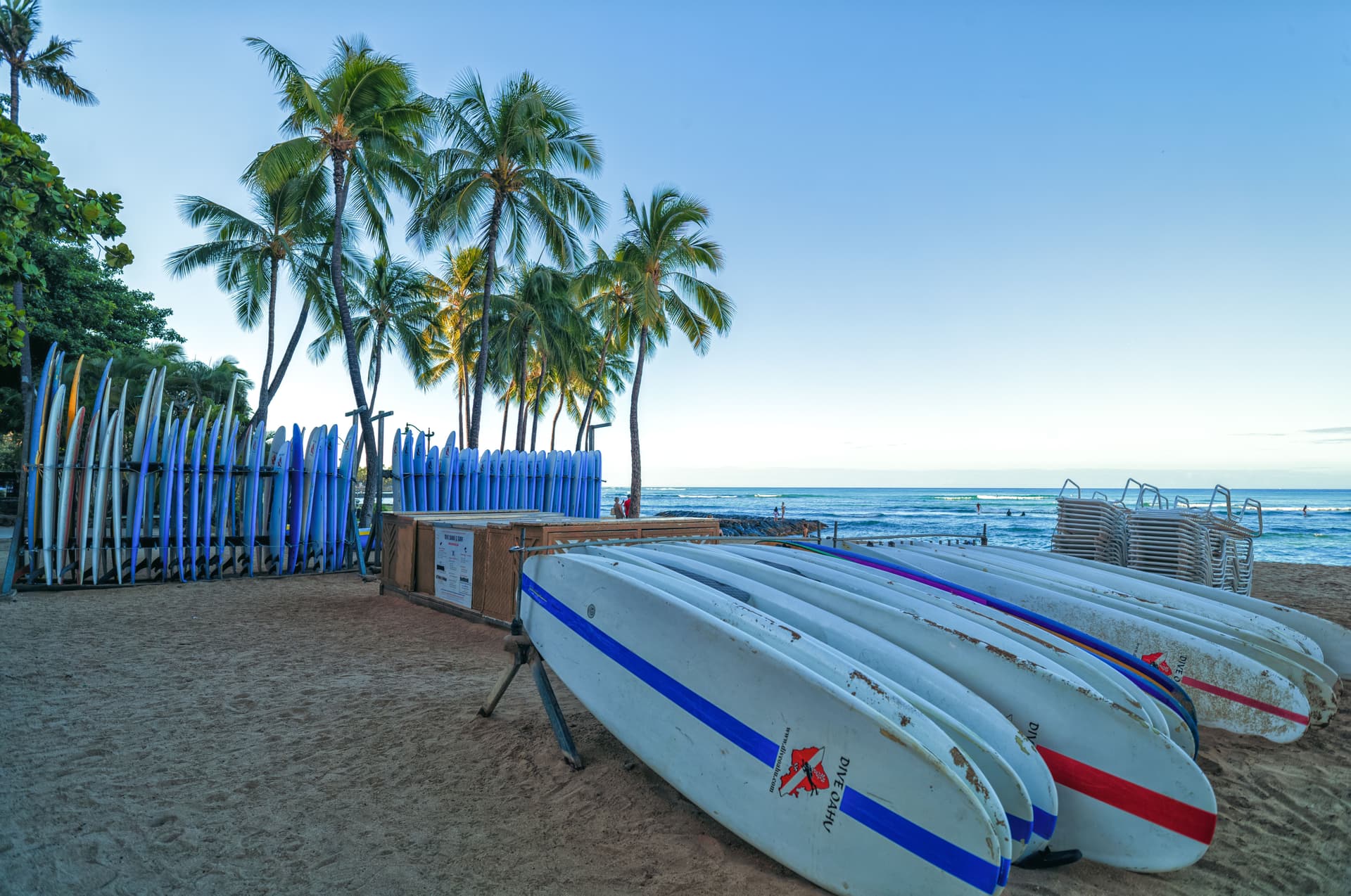
Surf lessons, Waikīkī. Photo by Theodore Trimmer (Shutterstock).
This is where Native Hawaiian Duke Paoa Kahanamoku made surfing famous. The calm, gentle waves are perfect for sturdy longboards and first-timers. You can book a lesson ahead of time or visit one of the surf stands set up at Kūhiō Beach. Boards are lined up just a few feet from the ocean for easy access.
See all

Active volcano at Hawaiʻi Volcanoes National Park. Studio Barcelona (Shutterstock).
At Hawaiʻi Volcanoes National Park on Hawaiʻi Island (the Big Island), you’ll find the summits and rift zones of Kīlauea and Mauna Loa — two of the world’s most active volcanoes. Hike or take a guided tour of vast volcanic landscapes, lava fields and lush rainforests. This is one of the most unique experiences in the world, the chance to see an active volcano in Hawaiʻi. Check current conditions ahead of time for possible closures and bring layers, as it can get chilly at higher altitudes.
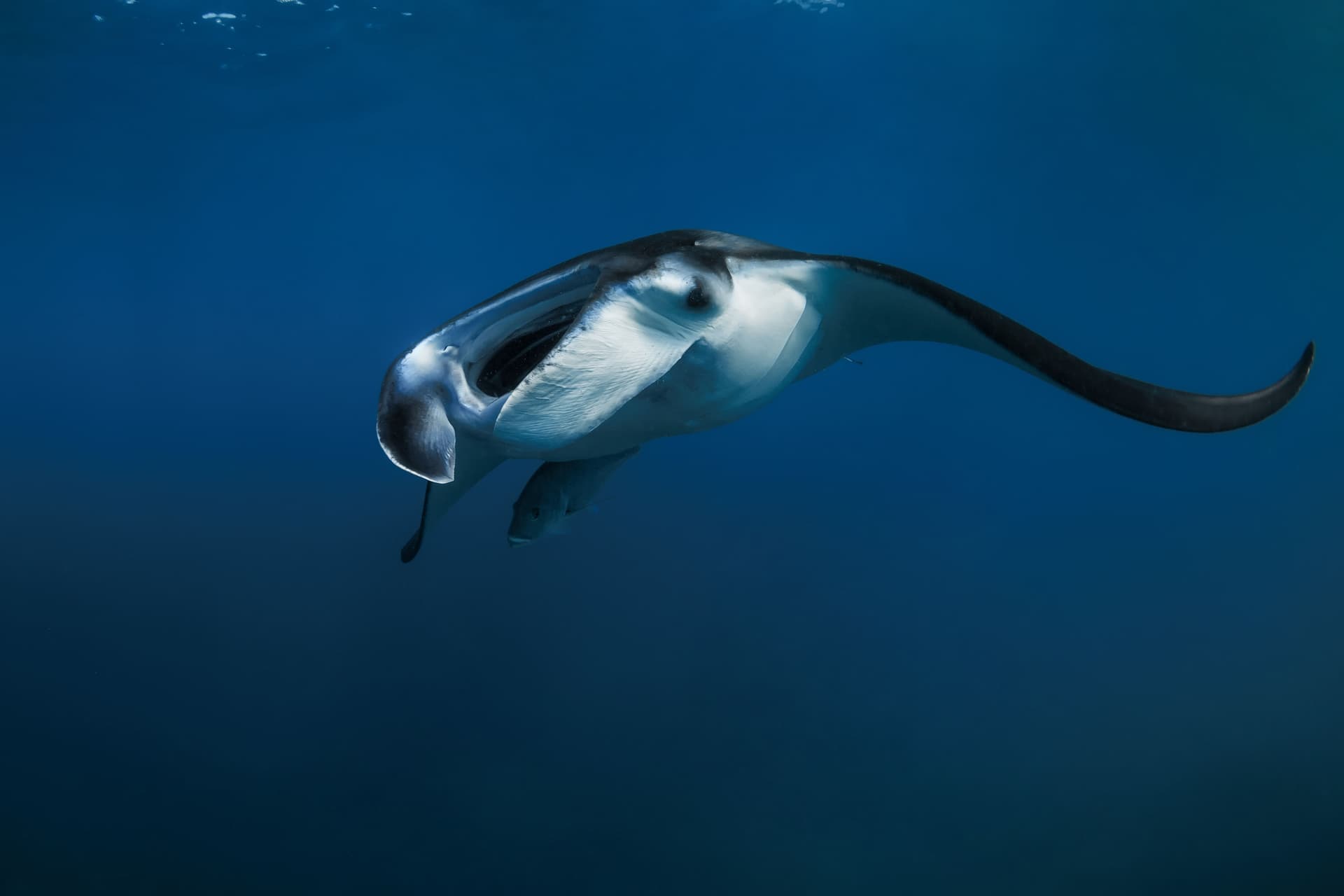
Photo by Wonderful Nature (Shutterstock).
One of the most memorable experiences on Hawaiʻi Island is night snorkeling with manta rays near Kealakekua Bay on the Kona side. Watch enormous manta rays glide beneath you in the neon glow of lights looming just above the water. Book a certified tour and bring a wetsuit or rash guard in case the water is cool at night. Companies such as Hawaiʻi Island & Ocean Tours offer several trips nightly and minimize their impact by keeping groups small and promoting a look-but-don’t-touch approach.
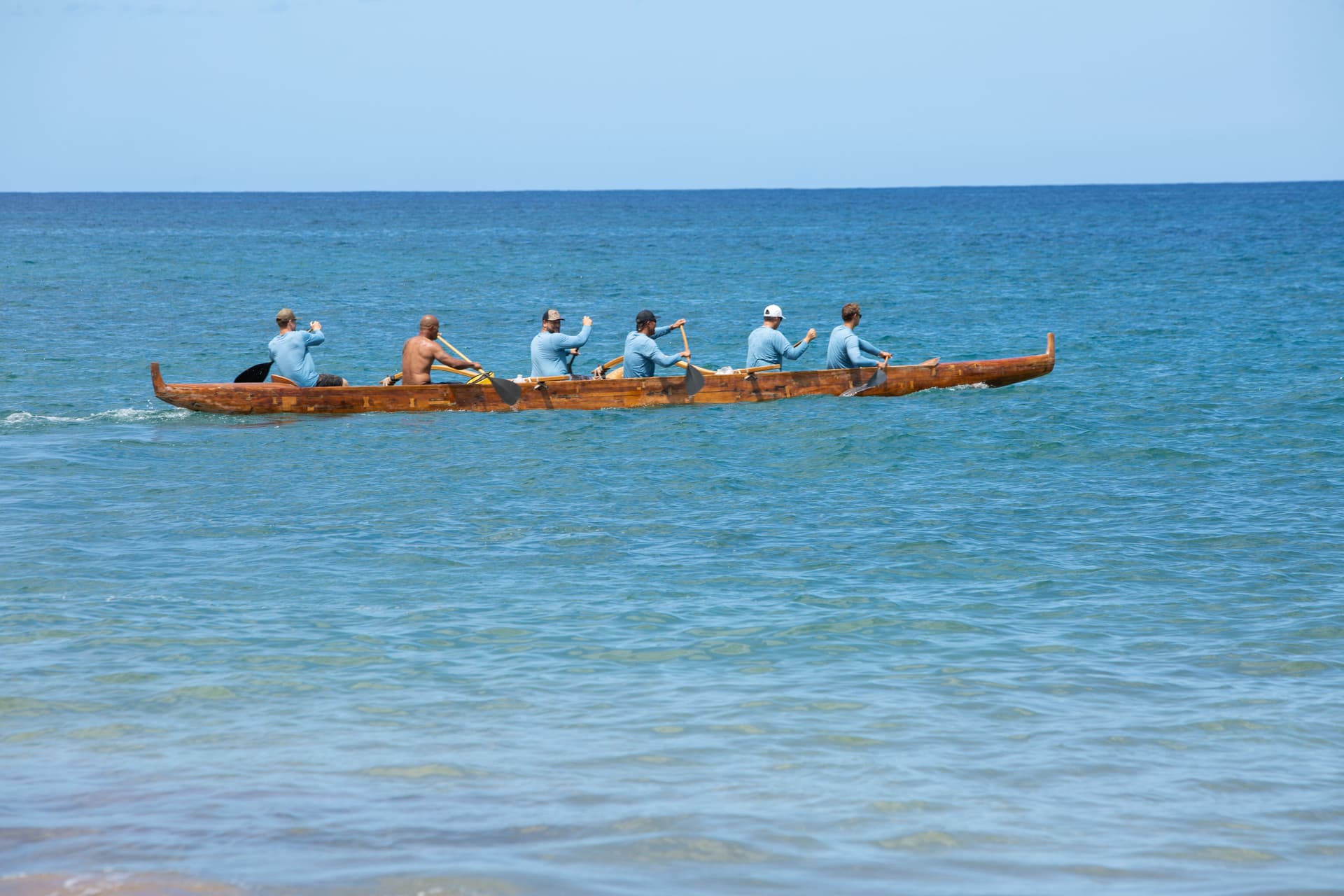
Morning canoe paddle at Grand Wailea, Maui. Photo by Parker Burr.
Many resorts on Maui and Hawaiʻi Island offer outrigger canoe tours. Starting your day with a sunrise paddle is a great way to connect with the ocean. The importance of outrigger canoes, known as waʻa in Hawaiian, can’t be overstated. These vessels symbolize the deep connection Native Hawaiians have with the sea and neighboring Pacific islands. Historically, they were vital for survival, used for fishing, transportation and long-distance navigation guided by the stars.
See all
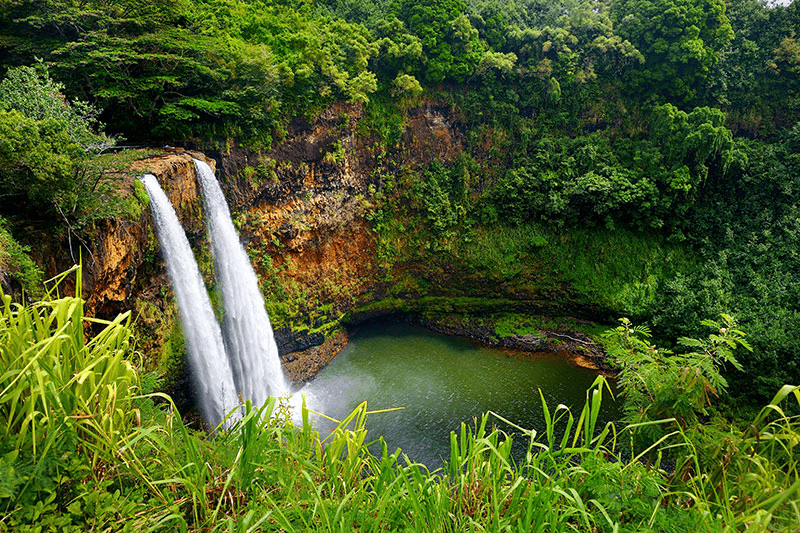
Hawaiʻi is one of the world’s most stunning destinations, but few people know it’s home to 11 of the world’s 13 climatic zones, making it a paradise for both vacationers and filmmakers. Hawaiʻi’s diverse landscapes can mimic African deserts, South American rainforests, Irish countrysides and metropolitan cities. Combined with near-perfect weather, it’s no wonder Hollywood films are frequently shot here. You can tour many of these locations on Oʻahu and Kauaʻi, with a variety of tour options available.
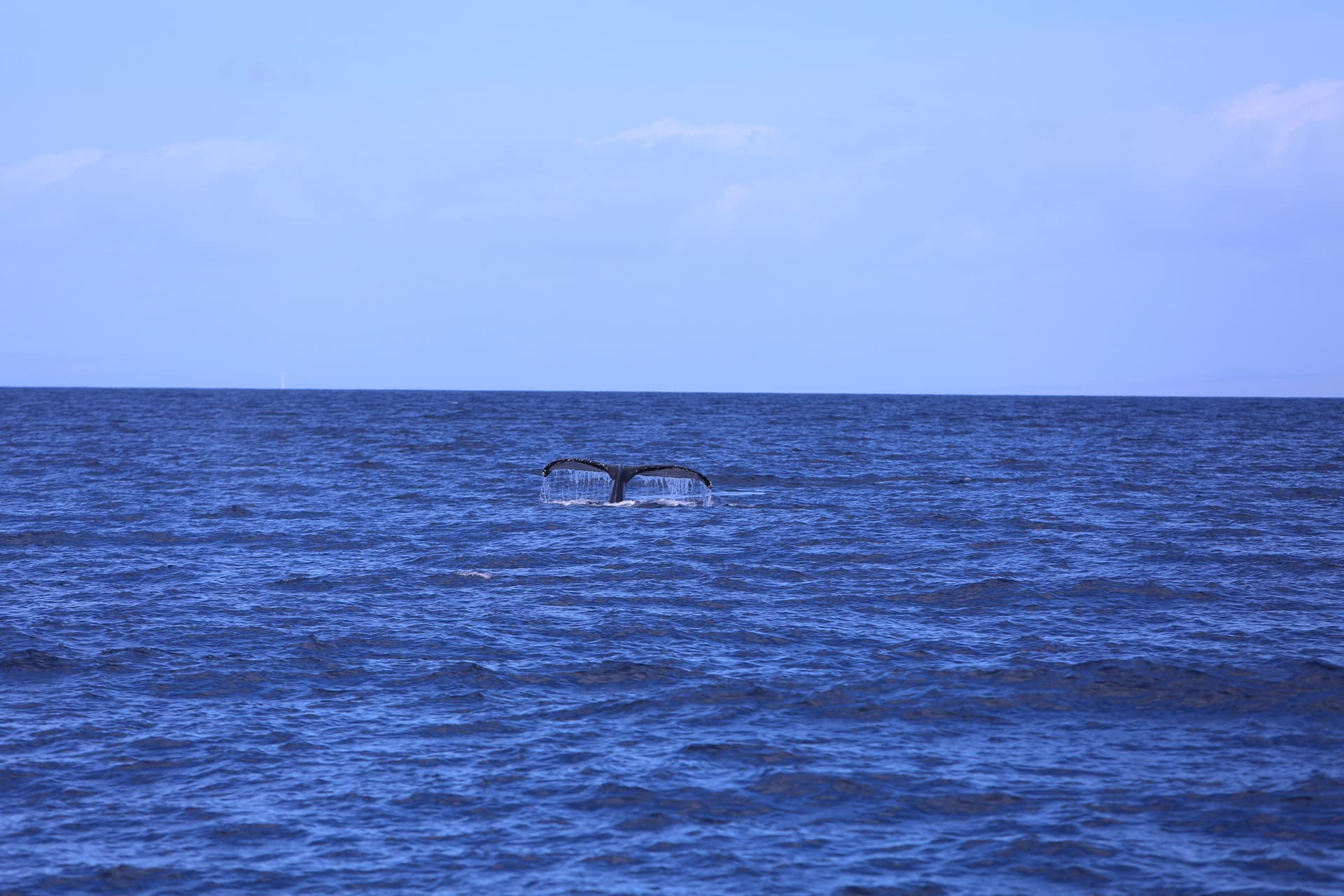
Photo by Mikele Dray (Shutterstock).
During the winter months (December through April), humpback whales migrate to Hawaiian waters. You can see them from any island, but a whale-watching tour provides the best vantage point. Some boats even feature hydrophones so you can listen to whale songs underwater.
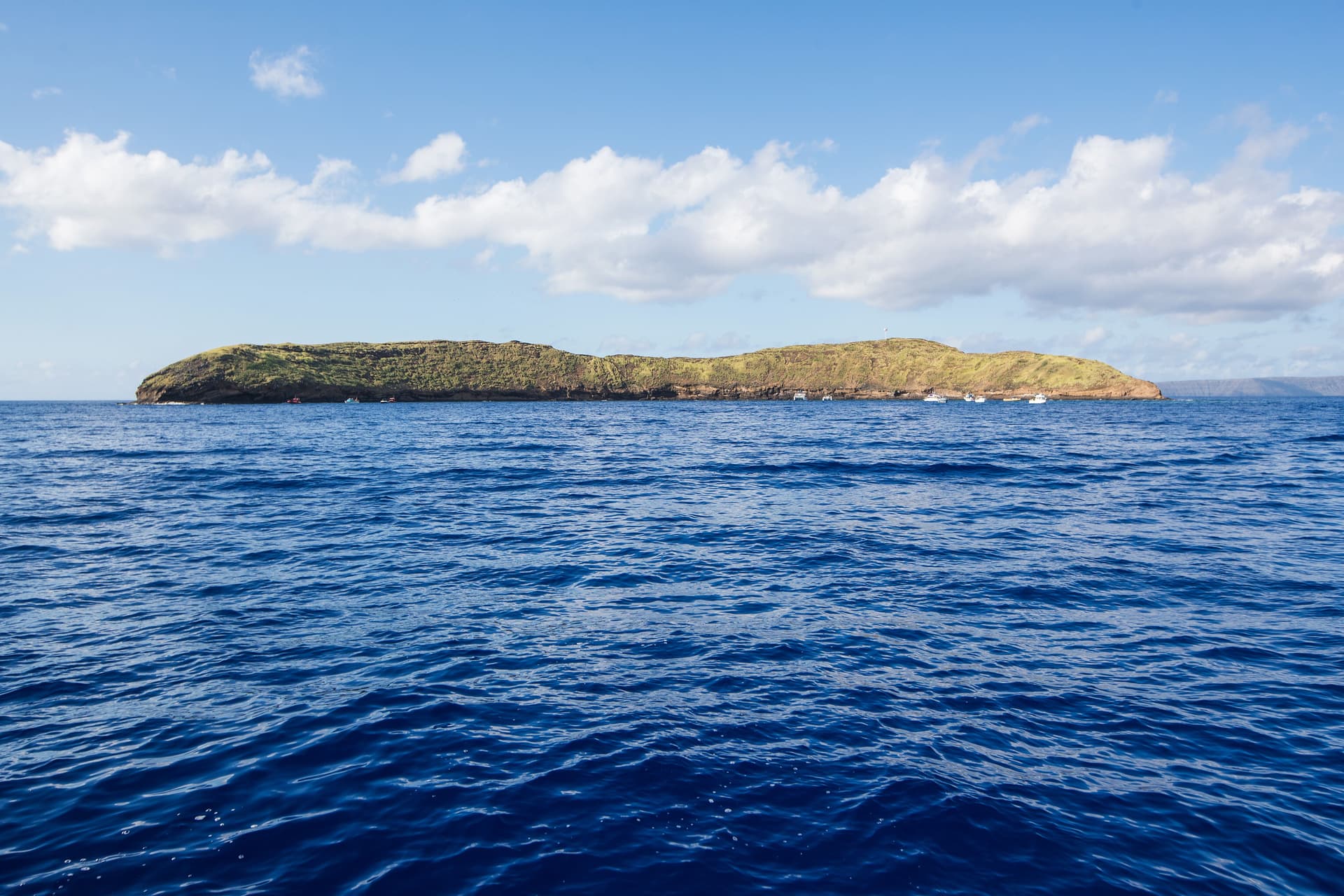
Molokini Crater. Photo by MPH Photos (Shutterstock).
Just a short boat ride from Maui, Molokini is a crescent-shaped islet with crystal-clear water and an abundance of coral and tropical fish. It’s ideal for snorkeling and scuba diving. Take a Molokini snorkeling tour for the best experience. If you’re visiting between December and April, you might even spot a whale on the way. According to the Hawaiʻi Tourism Authority, the U.S. military used Molokini Crater for bombing practice during World War II. After years of protests and lobbying, the federal government designated Molokini Crater and the surrounding 77 acres as a Marine Life Conservation District and bird sanctuary.
Yes, many of these Hawaiʻi activities are very popular. You will need to reserve your spot ahead of time.
Although many beaches in Hawaiʻi have calm, warm water for swimming, others do not. It’s best to research the beach ahead of time and watch for signs posted by lifeguards warning of unsafe swimming conditions.
Yes. It’s against the law to approach or touch sea turtles and monk seals because they are protected endangered species.
There are few black sand beaches in the world, and those that exist are formed by volcanic activity. This makes visiting one a unique Hawaiʻi experience.
Whale season in Hawaiʻi runs from December through April.
The active volcano on Hawaiʻi Island is a majestic sight and is visible to visitors. Check the Hawaiʻi Volcanoes National Park website before you arrive for updates to ensure your visit is safe.
Yes. Taking a guided cultural tour will deepen your understanding and appreciation of Hawaiʻi’s history and heritage.
Some hikes in Hawaiʻi require permits. Check the park’s website ahead of time for details and requirements.
Join our newsletter for travel inspiration, insider tips and the latest island stories.
By subscribing, you agree to receive emails from Hawaii.com. You can unsubscribe anytime. See our Privacy Policy.